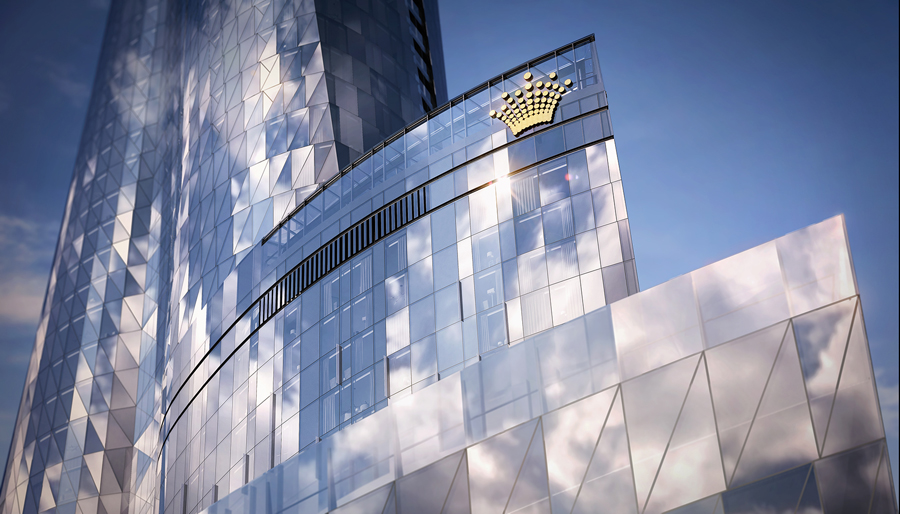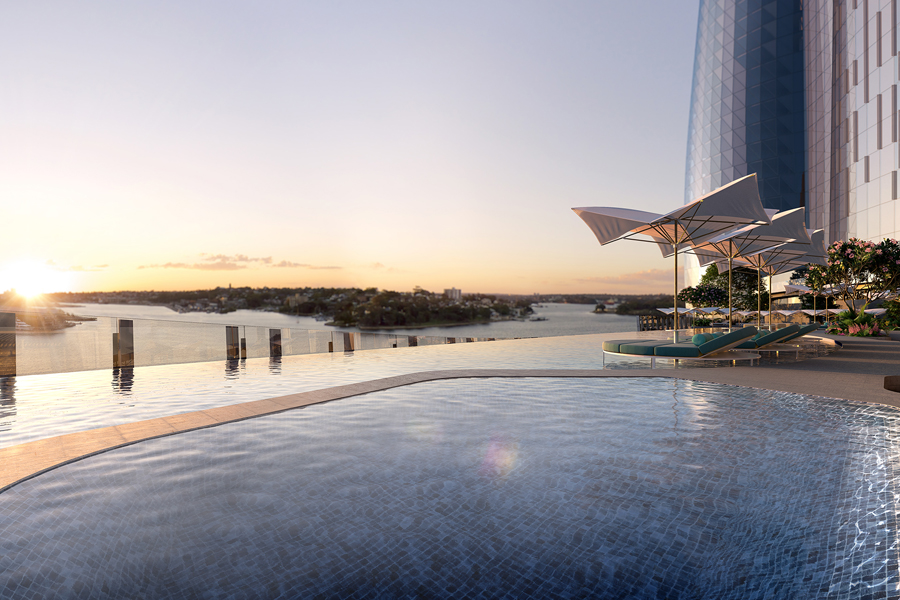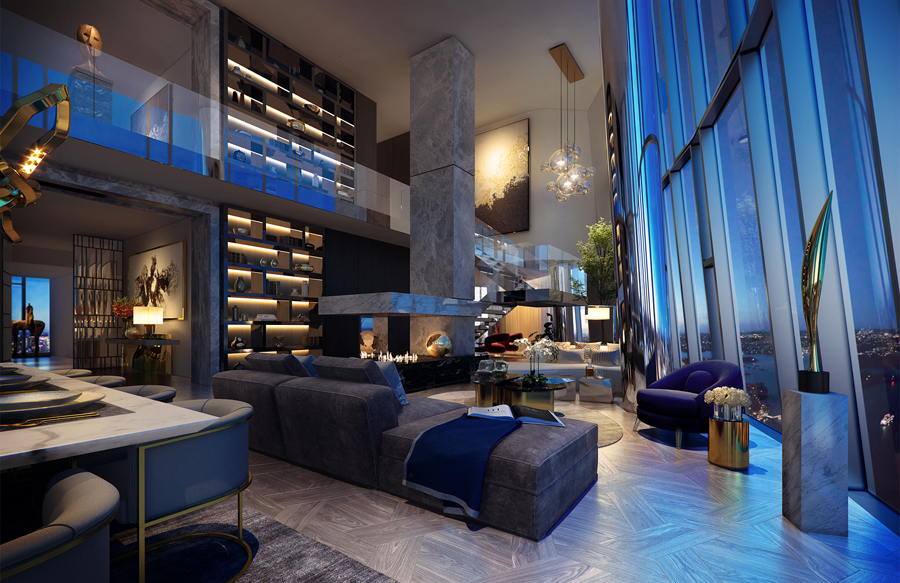From iron gasholders-turned-luxury residences to a climate-controlled glasshouse that’s one of the world’s largest, WilkinsonEyre Architects know more than a thing or two about refurbishing age-old structures for modern times and easing new buildings into the fabric of history.

Architect Chris Wilkinson (pictured), founder and director of London-based WilkinsonEyre, talks to Home Journal about how works of architecture turn into icons, and the one they’re building into the Sydney skyline.
See more: Five iconic skyscrapers across the globe
A new and exciting architectural idea can become an icon if it is sufficiently fresh and boldly executed.
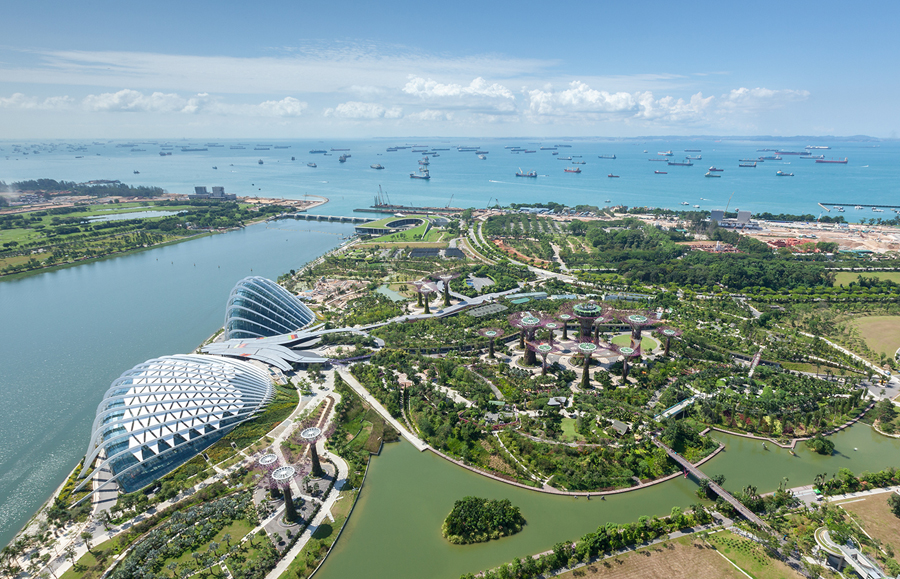
You’ve designed some of the world’s most recognisable landmarks. How do you go about the monumental task of creating a new architectural icon for a city?
While it is not possible to design an ‘icon’ to order, we believe in designing innovative buildings generated from the brief and the particular context of the site. A new and exciting architectural idea can become an icon if it is sufficiently fresh and boldly executed. Having a strong narrative, which gives a reason for the design that people can clearly understand, is also useful.
See more: Five minutes with design savant Ron Arad
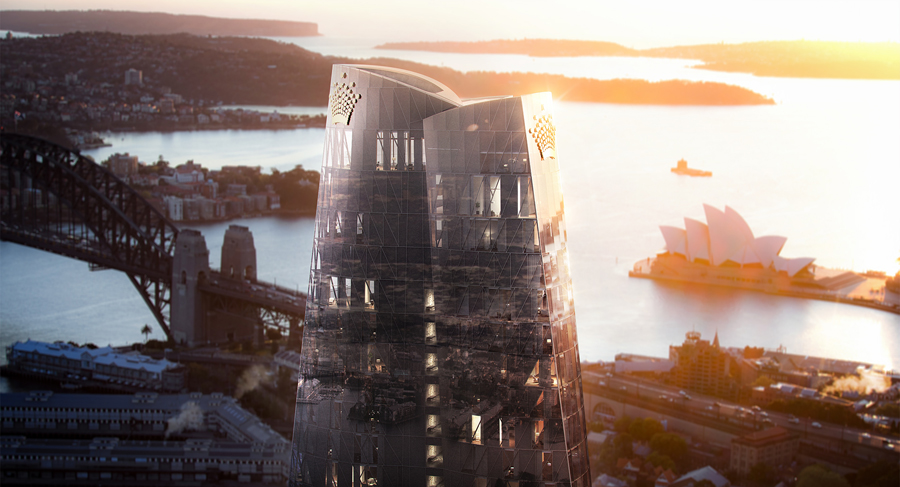
What is the design vision behind One Barangaroo?
One Barangaroo’s brief was quite prescriptive about the required accommodation but requested a landmark building on this beautiful site on Darling Harbour at the northwest corner of the CBD. After a careful analysis of the context, we decided that the building needed to take a sculptural form, which led to the idea of creating an ‘inhabited artwork’. The concept for the tower takes the form of three petals that twist as they rise up to the sky, and they are connected at the tips to provide the residential accommodation and hotel suites. This gives a dynamic double curvature form which tapers as it rises up.
The apartments on the top floors benefit from the curved shape taking advantage of spectacular panoramic views of the Harbour. At the lower level, a large podium accommodates the main hotel amenities including restaurants, bars, casino and leisure facilities on four levels. These are set back from a perimeter veil of stone tracery made out of marble, which provides shade to the terraces and adds visual interest.
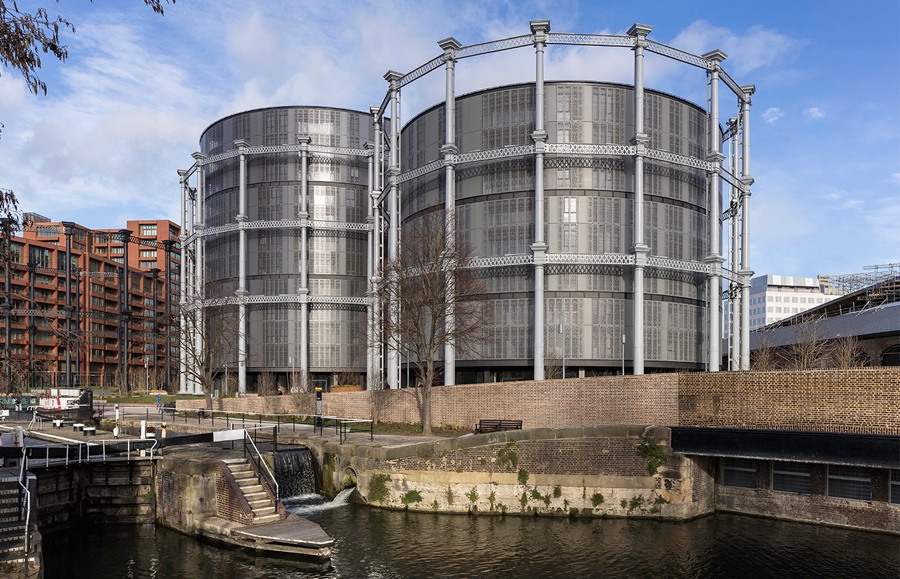
What are the major differences between designing architecture for an old city like London, and a comparatively new one like Guangzhou?
Historic cities have character and a special identity that need to be taken into account. This does not mean designing replicas of the past, because the old and new can comfortably exist side by side. However, the scale and proportions of new buildings within the historic framework do need to be considered, particularly at street level.
Generally, it makes sense to group the taller buildings in clusters of new development leaving the historic areas to maintain their scale and character. This is working well in the financial district of the City of London where the high rise Eastern Cluster of new towers stands out from the warren of low-rise narrow streets surrounding it.
While Guangzhou is a historic city, new Commercial Business Districts have been created to accommodate high-rise development. For instance, our Guangzhou International Finance Centre, which rises to 440m, is located in a new part of the city set around a linear park, which connects the main city to the Pearl River.
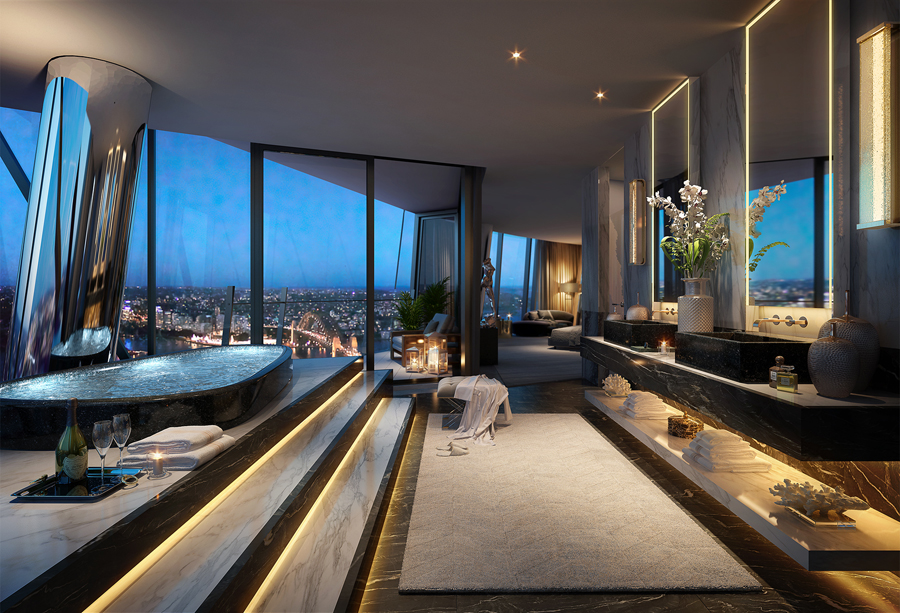
How would you say your work has changed over the years?
Our work has always involved an interest in art and science with a keen desire to innovate. In the early days, we were considered part of the London Hi Tech Movement but, while we are still keen to use the latest technology, our architecture has broadened to encompass more sustainability and contextualism.
Find more exchanges with the brightest minds in design under our Interviews tag.
The post Five minutes with architect Chris Wilkinson of WilkinsonEyre appeared first on Home Journal.




